Sound-on-film uses one of two technologies, Optical or Magnetic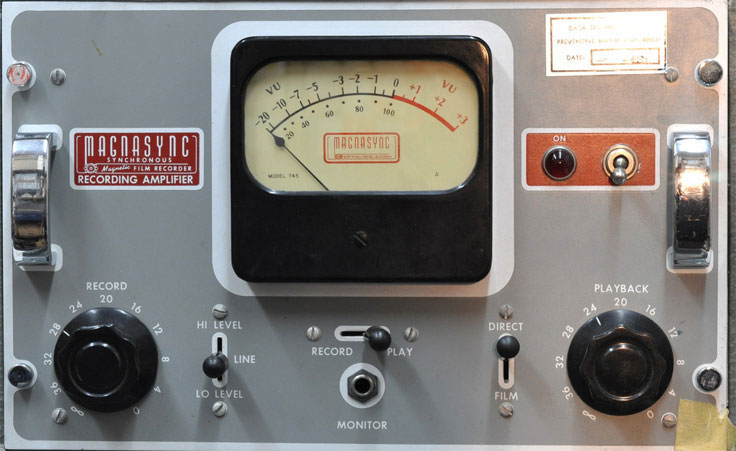
The most common method is an optical process whereby a transparent line is recorded along one side of the film. This strip varies in width according to the frequency of the sound. For this reason, it is known as a variable-area sound track. As the film passes the audio pickup, an exciter lamp provides a bright source of light, focused by a lens through the transparent line. The light that passes through the film shines on a photocell.
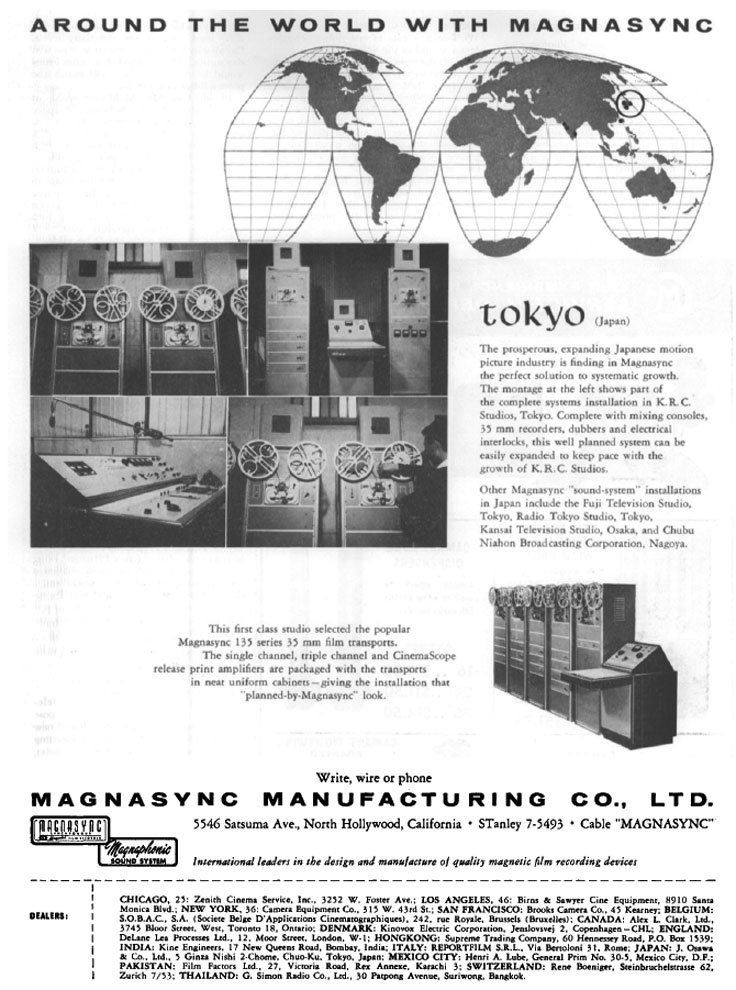 In the 1950s, magnetic recording became popular. Magnetic sound-on-film had a couple of advantages over optical at the time:
In the 1950s, magnetic recording became popular. Magnetic sound-on-film had a couple of advantages over optical at the time:
- Magnetic was stereo, while optical was mono.
- Magnetic had better sound quality.
But there were disadvantages, too:
- Magnetic had to be added to the movie after it was filmed.
- Magnetic was more expensive.
- Magnetic didn't last as long as optical.
- Magnetic was more easily damaged.
1958 ad for Magnasync World(left)
Magnasync Magnetic Film Recorders 1973-1976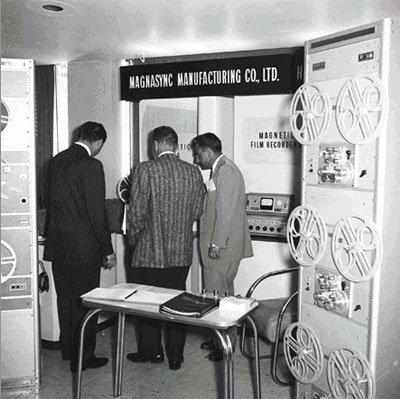
Magnasync/Moviola Corporation; 5539 Riverton Ave., North Hollywood, California 91601 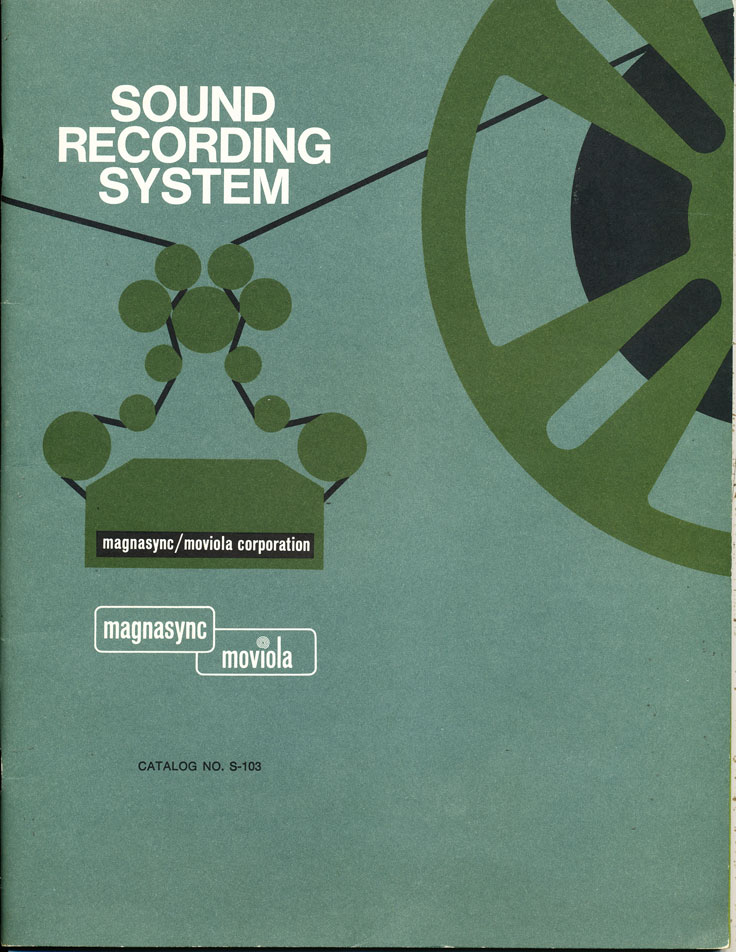
Was later a part of Moviola. A Subsidiary of Craig Corporation
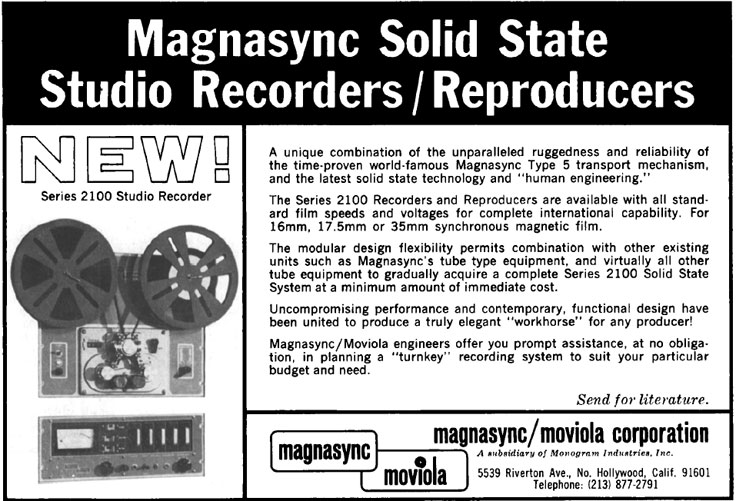 Iwan Serrurier's original 1917 concept for the Moviola was as a home movie projector to be sold to the general public. The name was derived from the name "Victrola" since Serrurier thought his invention would do for home movie viewing what the Victrola did for home music listening (The Moviola even came in a beautiful wooden cabinet similar to the Victrolas). But since the machine cost $600 in 1920 (equivalent to $20,000 in the 2000s), very few sold. An editor at Douglas Fairbanks Studios suggested that Iwan should adapt the device for use by film editors. Serrurier did this and the Moviola as an editing device was born in 1924 with the first Moviola being sold to Douglas Fairbanks himself. Ninety four years later, a framed copy of the original receipt still resides at Moviola, the company, in Hollywood.
Iwan Serrurier's original 1917 concept for the Moviola was as a home movie projector to be sold to the general public. The name was derived from the name "Victrola" since Serrurier thought his invention would do for home movie viewing what the Victrola did for home music listening (The Moviola even came in a beautiful wooden cabinet similar to the Victrolas). But since the machine cost $600 in 1920 (equivalent to $20,000 in the 2000s), very few sold. An editor at Douglas Fairbanks Studios suggested that Iwan should adapt the device for use by film editors. Serrurier did this and the Moviola as an editing device was born in 1924 with the first Moviola being sold to Douglas Fairbanks himself. Ninety four years later, a framed copy of the original receipt still resides at Moviola, the company, in Hollywood.
click on catalog cover (left) to view pdf
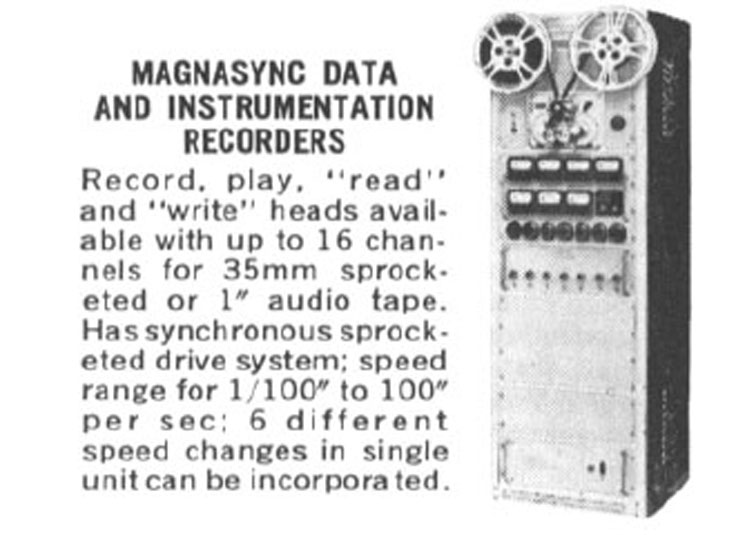 Many studios quickly adopted the Moviola including Universal Studios, Warner Brothers, Charles Chaplin Studios, Buster Keaton Productions, Mary Pickford, Mack Sennett, and Metro-Goldwyn-Mayer. The advent of sound, 65mm and 70mm film, and the need for portable editing equipment during World War II greatly expanded the market for Moviola's products.[1]
Many studios quickly adopted the Moviola including Universal Studios, Warner Brothers, Charles Chaplin Studios, Buster Keaton Productions, Mary Pickford, Mack Sennett, and Metro-Goldwyn-Mayer. The advent of sound, 65mm and 70mm film, and the need for portable editing equipment during World War II greatly expanded the market for Moviola's products.[1]
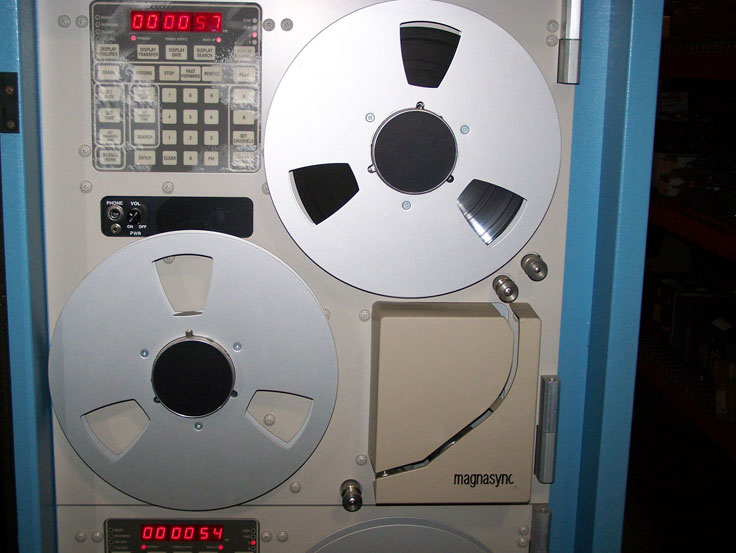 Filmmaker Brad Mays editing his first feature film Stage Fright on an upright Moviola, 1987. Iwan Serrurier's son, Mark Serrurier, took over his father's company in 1946. In 1966, Mark sold Moviola Co. to Magnasync Corporation (a subsidiary of Craig Corporation) of North Hollywood for $3 million. Combining the names, the new name was Magnasync/Moviola Corp. President L. S. Wayman instantly ordered a tripling of production, and the new owners realized their investment in less than two years. Wayman retired in 1981, and Moviola Co. was sold to J&R Film Co., Inc. in 1984.
Filmmaker Brad Mays editing his first feature film Stage Fright on an upright Moviola, 1987. Iwan Serrurier's son, Mark Serrurier, took over his father's company in 1946. In 1966, Mark sold Moviola Co. to Magnasync Corporation (a subsidiary of Craig Corporation) of North Hollywood for $3 million. Combining the names, the new name was Magnasync/Moviola Corp. President L. S. Wayman instantly ordered a tripling of production, and the new owners realized their investment in less than two years. Wayman retired in 1981, and Moviola Co. was sold to J&R Film Co., Inc. in 1984.
Magnasync Magnetic Logger

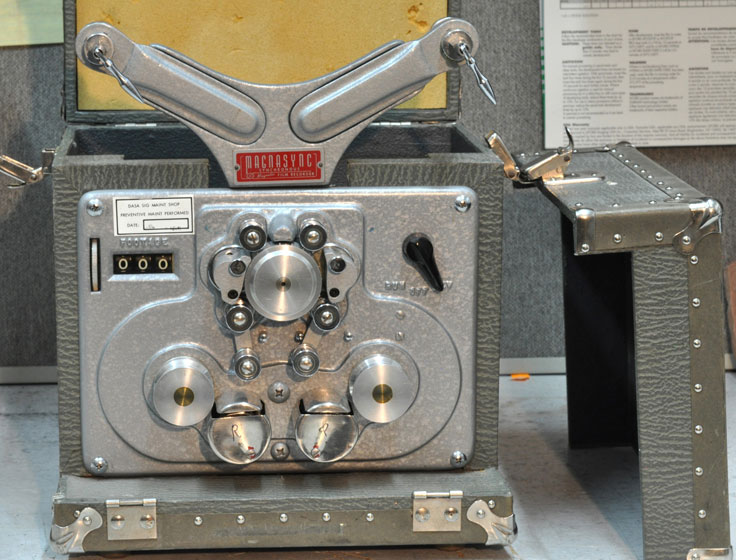
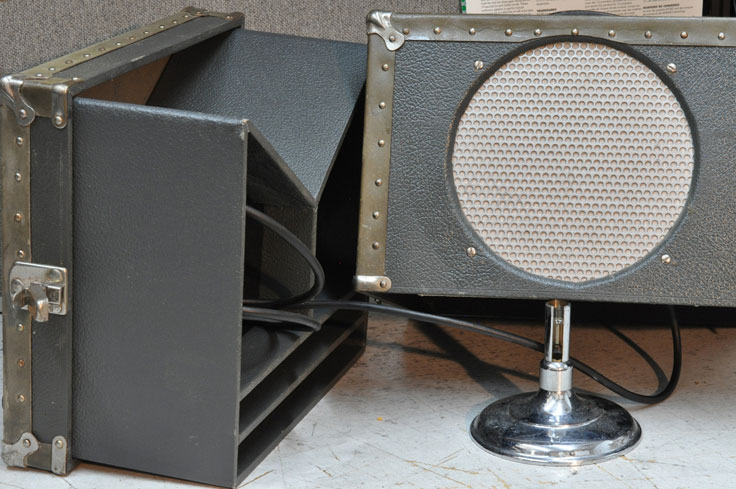
This Magnasync magnetic film recorder in no longer in the Reel2ReelTexas.com vintage reel tape recorder recording collection
Magnasync Nomad 1960 & $1,025
Label on back states "Magnasync film recorder, Magnephonic sound systems, made in North Hollywood, Calif U.S.A." Unit has XLR microphone and 1/4" line inputs. Cool unit!
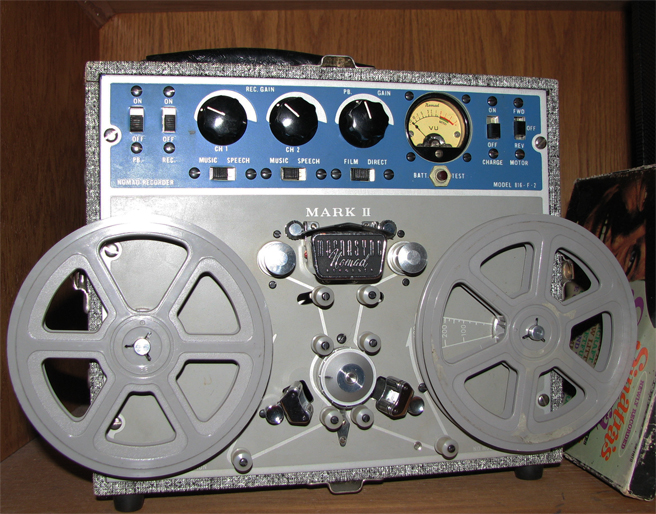

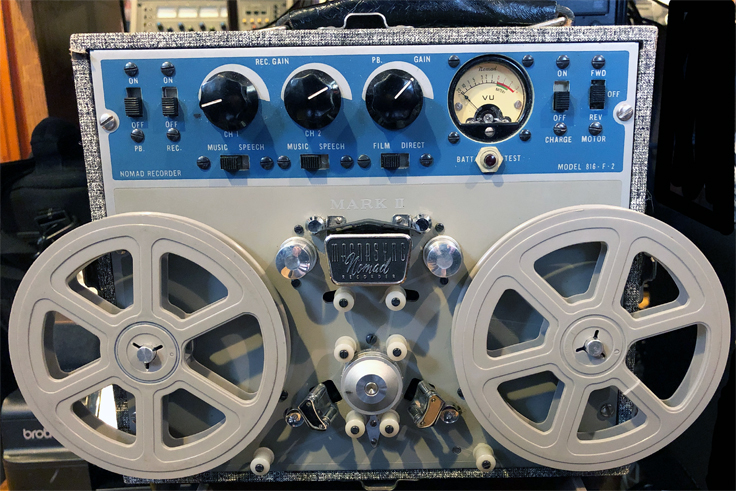

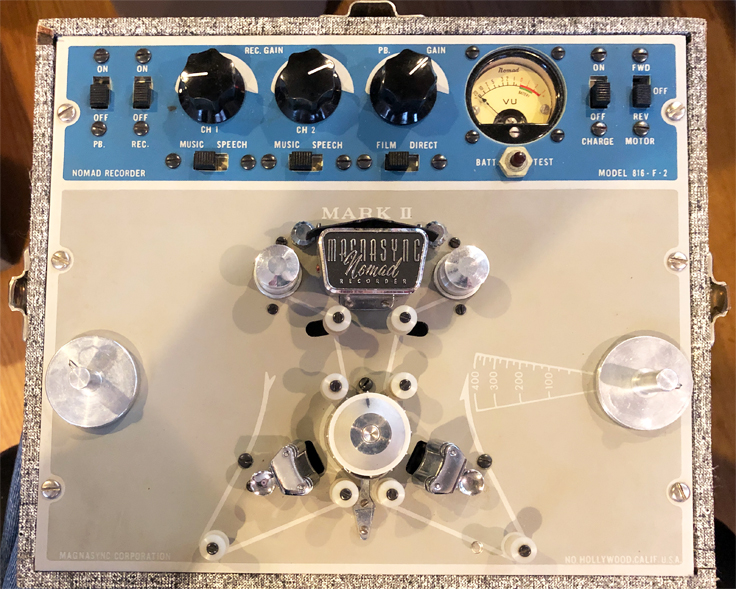
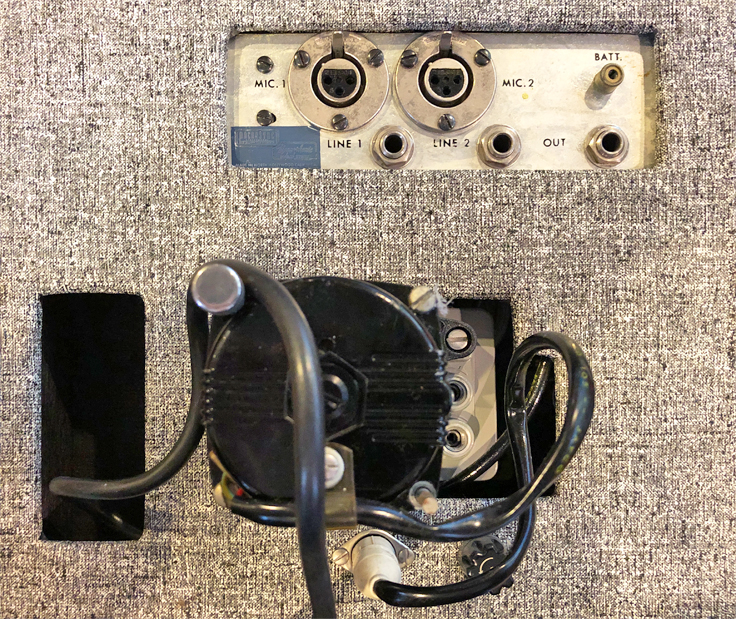
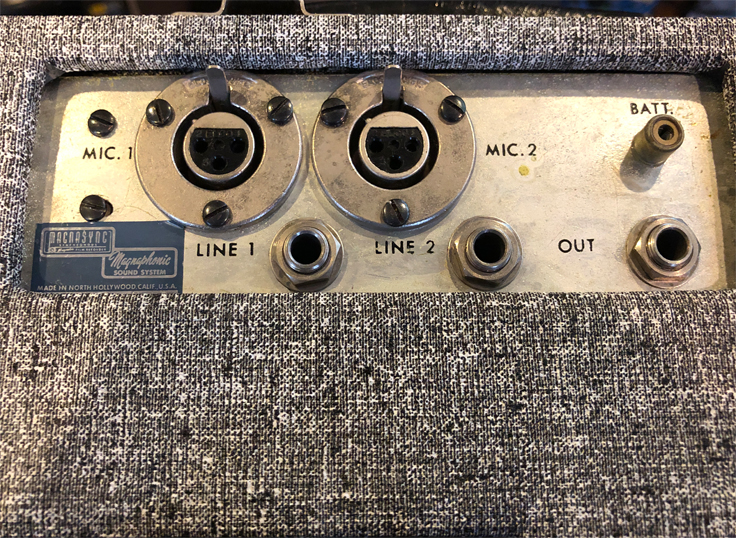
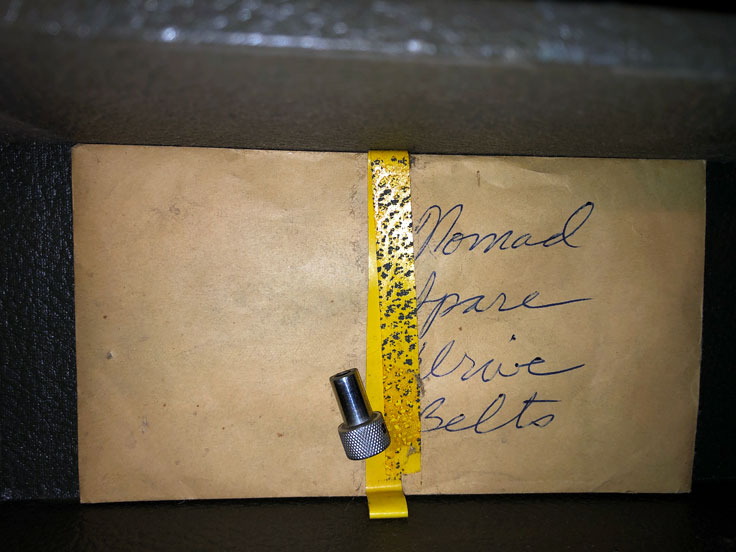
Magnasync Nomad is no longer in the Reel2ReelTexas.com vintage reel tape recorder recording collection • view video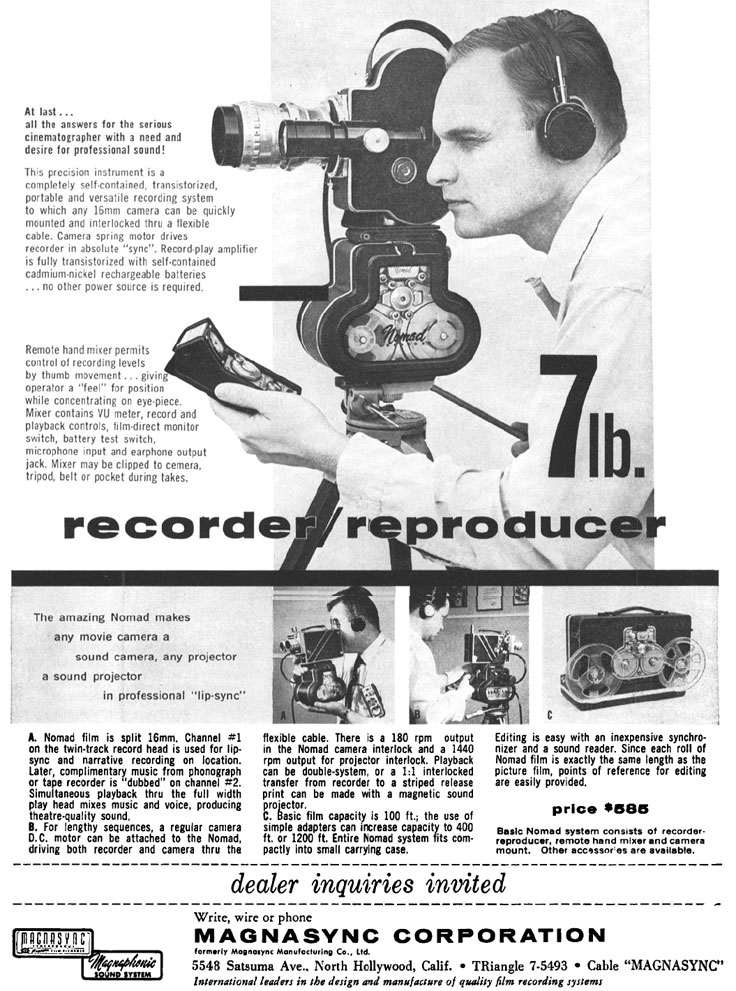
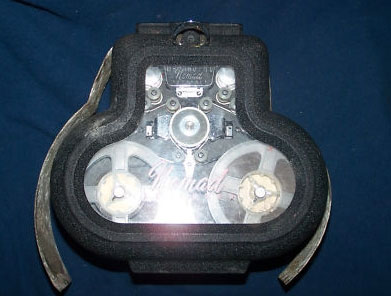 Precision hi-fidelity magnetic recorder for 16 mm movie cameras. Now you can produce professional quality sound movies with the amazing versatile"Nomad" 7 lb recorder reproducer! Lip-sync recording at time of take. Small magnetic recorder that mounts underneath a movie camera. It is connected and interlocked by a flexible shaft, and is driven by it. The movie camera drives the Nomad which has a fully transistorized amplifier and uses rechargeable batteries. For longer runs a DC motor may be attached. The Nomad uses 16 mm magnetic film (instead of tape) at the same rate as the camera for simple editing. The Nomad provides recording of two separate sound tracks (one each for voice and music) which are automatically mixed when played back. This method eliminates the need for sound-dubbing, and the duplication of original film where a composite print is required.
Precision hi-fidelity magnetic recorder for 16 mm movie cameras. Now you can produce professional quality sound movies with the amazing versatile"Nomad" 7 lb recorder reproducer! Lip-sync recording at time of take. Small magnetic recorder that mounts underneath a movie camera. It is connected and interlocked by a flexible shaft, and is driven by it. The movie camera drives the Nomad which has a fully transistorized amplifier and uses rechargeable batteries. For longer runs a DC motor may be attached. The Nomad uses 16 mm magnetic film (instead of tape) at the same rate as the camera for simple editing. The Nomad provides recording of two separate sound tracks (one each for voice and music) which are automatically mixed when played back. This method eliminates the need for sound-dubbing, and the duplication of original film where a composite print is required.
The few places we've found reference to this machine is these quotes "collect old odd film sound recorders of the era -- including a Perfectone, Stellavox SM-5 with Rangertone, Nagra II(spring-wind with tube electronics), Nagra SNNs (which I use), Sony EM2NS, Magnasync Nomad, Maihak springwind, and many more." - source unknown
And this quote from Jeff Kreines "It looks to me like the split-16mm mag that was used in the very uncommon Magnasync Nomad from the early 60s. It was a very odd machine -- it attached to the camera with a flexible shaft, and was driven directly by the camera motor (so it stayed in sync, even with spring-wind cameras)."
Here's a 1965 ad (right) for a different configuration of the Nomad. This is the Model 816.

